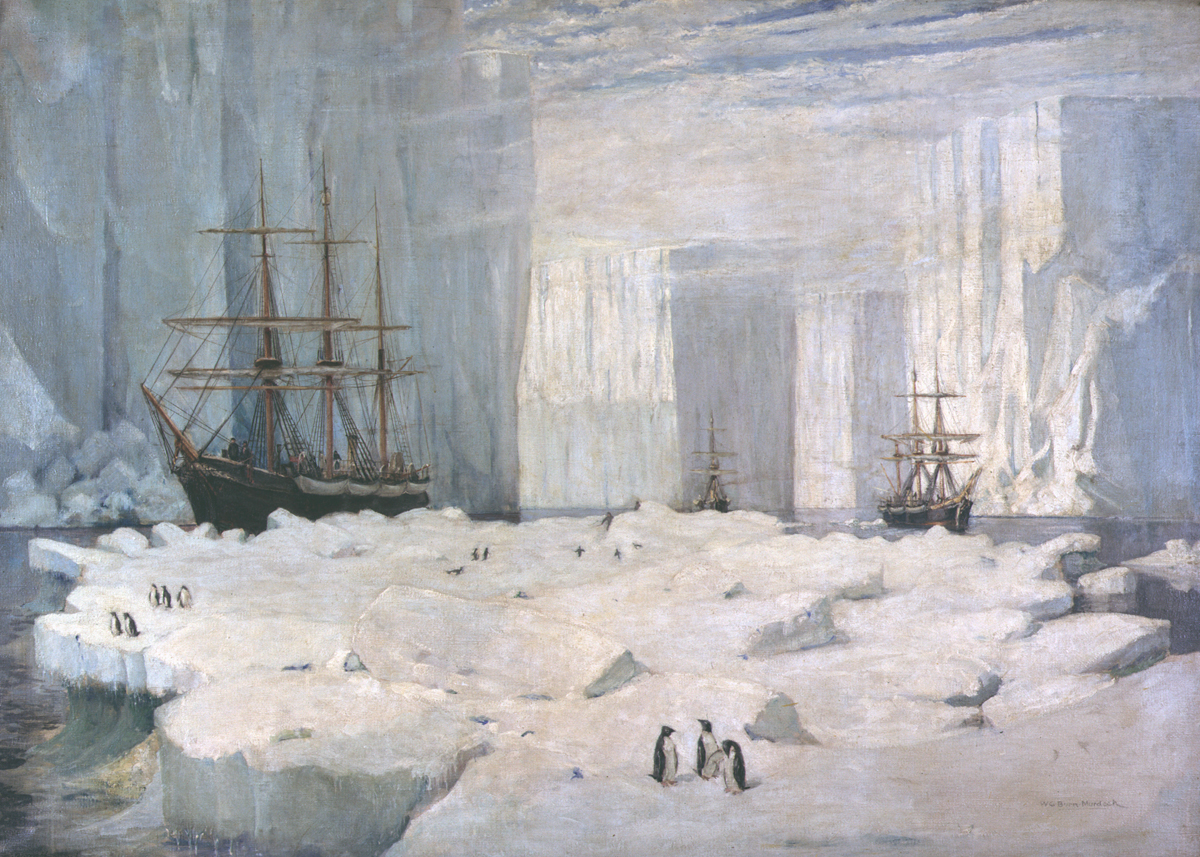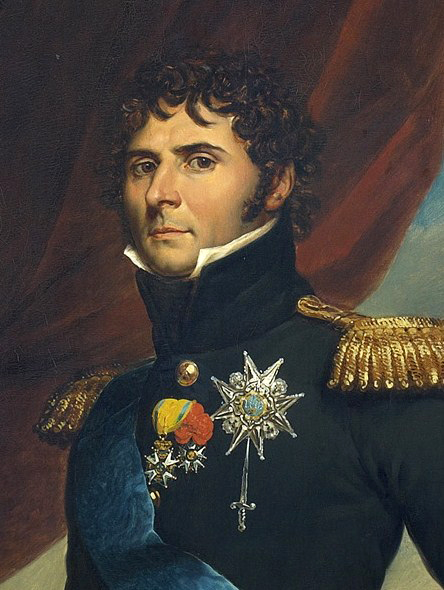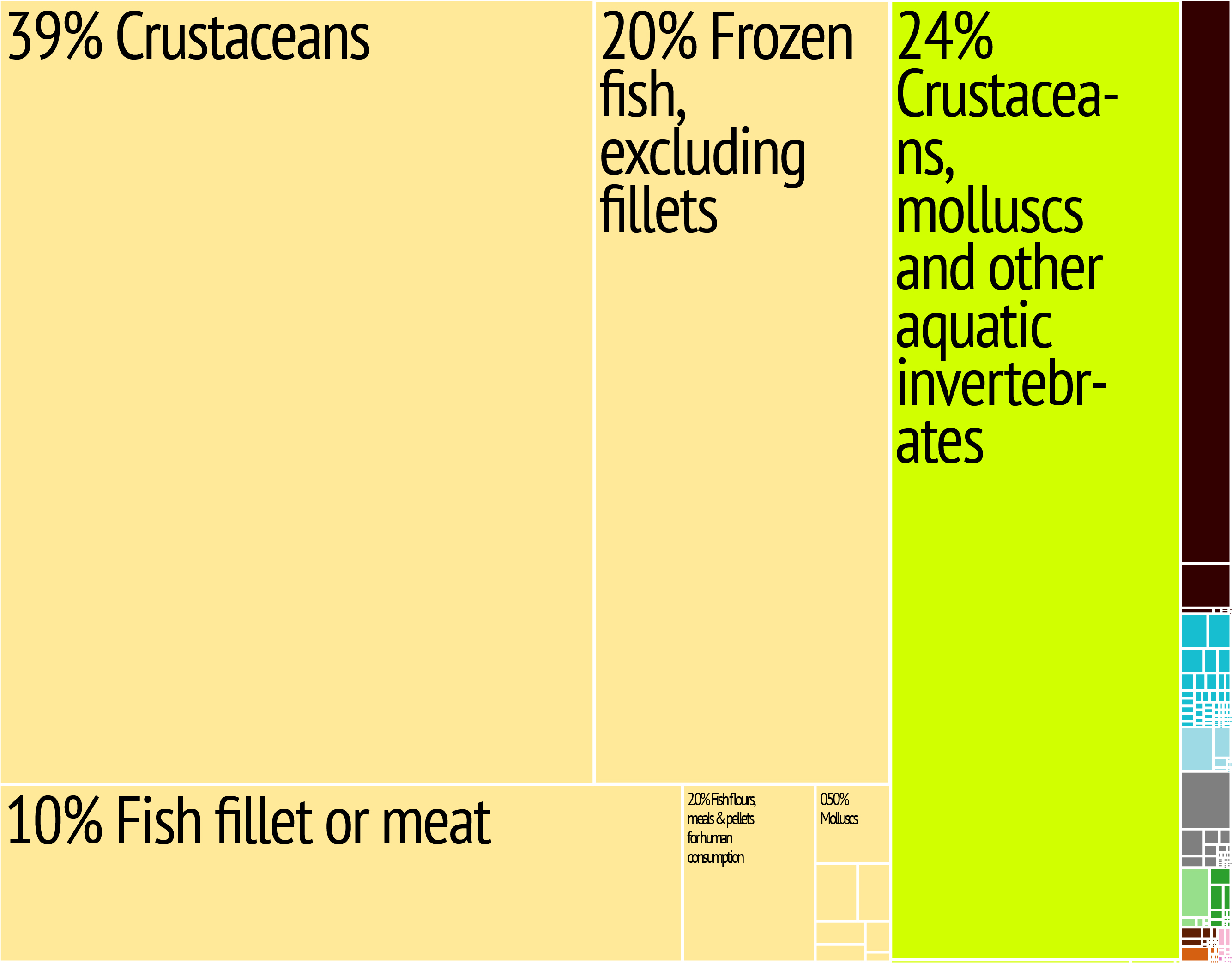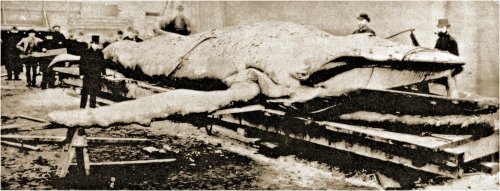|
Troaking
Troaking was the barter between the Greenlandic Inuit, natives of Greenland and Scottish whalers, whalers from ports in Scotland. From the signing of the Treaty of Kiel in 1814 until the occupation of Denmark by Nazi Germany in 1940, Greenland was a protected and very isolated society. The Danish government, which governed Danish_colonization_of_the_Americas#Greenland, Greenland as its colony, had been convinced that this society would face exploitation from the outside world or even extinction if the country was opened up, and thus it maintained a strict monopoly of Economy of Greenland, Greenland's economy barring any trading or fishing within a certain distance of the Greenlandic coast. It did not, however, prohibit the sale of small articles not used in their trade, thus creating a loophole that enabled the practice of troaking, a barter between the natives and the Scottish whalers. References {{reflist Whaling in Scotland History of Greenland Whaling in Denmark Trade ... [...More Info...] [...Related Items...] OR: [Wikipedia] [Google] [Baidu] |
Barter
In trade, barter (derived from ''baretor'') is a system of exchange in which participants in a transaction directly exchange goods or services for other goods or services without using a medium of exchange, such as money. Economists distinguish barter from gift economies in many ways; barter, for example, features immediate reciprocal exchange, not one delayed in time. Barter usually takes place on a bilateral basis, but may be multilateral (if it is mediated through a trade exchange). In most developed countries, barter usually exists parallel to monetary systems only to a very limited extent. Market actors use barter as a replacement for money as the method of exchange in times of monetary crisis, such as when currency becomes unstable (such as hyperinflation or a deflationary spiral) or simply unavailable for conducting commerce. No ethnographic studies have shown that any present or past society has used barter without any other medium of exchange or measurement, and an ... [...More Info...] [...Related Items...] OR: [Wikipedia] [Google] [Baidu] |
Greenlandic Inuit
Greenlanders ( kl, Kalaallit / Tunumiit / Inughuit; da, Grønlændere) are people identified with Greenland or the indigenous people, the Greenlandic Inuit (''Grønlansk Inuit''; Kalaallit, Inughuit, and Tunumiit). This connection may be residential, legal, historical, or cultural. For most Greenlanders, many of these connections exist and are collectively the source of their being ''Greenlandic''. However, the term can in different contexts be delimited more precisely in different ways: as the inhabitants of Greenland, as nationals of Greenland or more broadly as persons who feel a cultural affiliation in a broad sense to Greenland. More controversial is a more recent use of the word in the sense persons of Greenlandic origin, i.e. persons whose parents were born in Greenland. The indigenous people of Greenland, or the Greenlandic Inuit, have ''indigenous status'' in the Kingdom of Denmark. Nationals of Greenland are citizens of Denmark and are overseas countries and ter ... [...More Info...] [...Related Items...] OR: [Wikipedia] [Google] [Baidu] |
Scottish Whalers
The first evidence for whaling in Scotland is from Bronze Age settlements where whalebones were used for constructing and decorating dwelling places. Commercial whaling started in the Middle Ages, and by the 1750s most Scottish ports were whaling, with the Edinburgh Whale-Fishing Company being founded in 1749. The last company still engaged in whaling was Christian Salvesen, which exited the industry in 1963. History In the 19th century Arctic bowhead whaling, conducted from ports right along the east coast of the country, was vital for the Scottish jute industry, especially for processing jute fibre in Dundee. Whale oil was also used for street lighting. The two main Scottish ports were Dundee and Peterhead. Greenock was the only significant whaling port on the west coast. Whaling was also conducted on the west coast. A station at Bun Abhainn Eadarra near Tarbert in the Outer Hebrides was founded by the Norwegian Karl Herlofsen in 1904. Later acquired by Lever Brothers it was a ... [...More Info...] [...Related Items...] OR: [Wikipedia] [Google] [Baidu] |
Treaty Of Kiel
The Treaty of Kiel ( da, Kieltraktaten) or Peace of Kiel (Swedish and no, Kielfreden or ') was concluded between the United Kingdom of Great Britain and Ireland and the Kingdom of Sweden on one side and the Kingdoms of Denmark and Norway on the other side on 14 January 1814 in Kiel.Schäfer (2002), p. 137 It ended the hostilities between the parties in the ongoing Napoleonic Wars, where the United Kingdom and Sweden were part of the anti-French camp (the Sixth Coalition) while Denmark–Norway was allied to France. Frederick VI of Denmark joined the anti-French alliance, ceded Heligoland to George III of the United Kingdom, and further ceded the Kingdom of Norway to Charles XIII of Sweden in return for Swedish Pomerania. Specifically excluded from the exchange were the Norwegian dependencies of Greenland, Iceland and the Faroe Islands, which remained in the union with Denmark. (Norway would unsuccessfully contest the Danish claim to all of Greenland in the Eastern Greenland Case ... [...More Info...] [...Related Items...] OR: [Wikipedia] [Google] [Baidu] |
Nazi Germany
Nazi Germany (lit. "National Socialist State"), ' (lit. "Nazi State") for short; also ' (lit. "National Socialist Germany") (officially known as the German Reich from 1933 until 1943, and the Greater German Reich from 1943 to 1945) was the German state between 1933 and 1945, when Adolf Hitler and the Nazi Party controlled the country, transforming it into a dictatorship. Under Hitler's rule, Germany quickly became a totalitarian state where nearly all aspects of life were controlled by the government. The Third Reich, meaning "Third Realm" or "Third Empire", alluded to the Nazi claim that Nazi Germany was the successor to the earlier Holy Roman Empire (800–1806) and German Empire (1871–1918). The Third Reich, which Hitler and the Nazis referred to as the Thousand-Year Reich, ended in May 1945 after just 12 years when the Allies defeated Germany, ending World War II in Europe. On 30 January 1933, Hitler was appointed chancellor of Germany, the head of gove ... [...More Info...] [...Related Items...] OR: [Wikipedia] [Google] [Baidu] |
Danish Government
The Cabinet of Denmark ( da, regering) has been the chief executive body and the government of the Kingdom of Denmark since 1848. The Cabinet is led by the Prime Minister. There are around 25 members of the Cabinet, known as "ministers", all of whom are also heads of specific government ministries. The Cabinet has usually been composed of Ministers from two or more parties forming a coalition government. Still, most of these governments have been minority governments, relying on the support of still other parties. Cabinets are formally appointed by the Monarch. In practice, once a government has stepped down, there is a fixed set of rules for appointing an investigator (most often the future Prime Minister), with the job of trying to form a new government. The Prime Minister will lead the Cabinet by convention. Cabinets are named after the Prime Minister, although they may gain shorthand names (e.g. "VK Cabinet", for the recent Venstre–Conservative cabinet). As of 15 December ... [...More Info...] [...Related Items...] OR: [Wikipedia] [Google] [Baidu] |
Danish Colonization Of The Americas
Denmark and the former real union of Denmark–Norway had a colonial empire from the 17th through the 20th centuries, large portions of which were found in the Americas. Denmark and Norway in one form or another also maintained land claims in Greenland since the 13th century, the former up through the twenty-first century. West Indies Explorers (mainly Norwegians), scientists, merchants (mainly Danish) and settlers from Denmark–Norway took possession of the Danish West Indies (present-day U.S. Virgin Islands) in the late 17th and early 18th centuries. Denmark–Norway started colonies on St. Thomas in 1665 and St. John in 1683 (though control of the latter was disputed with Great Britain until 1718), and purchased St. Croix from France in 1733. During the 18th century, the Virgin Islands in the Caribbean Sea were divided into two territorial units, one British and the other Dano-Norwegian. The Dano-Norwegian islands were run by the Danish West India and Guinea Company unti ... [...More Info...] [...Related Items...] OR: [Wikipedia] [Google] [Baidu] |
Monopoly
A monopoly (from Greek language, Greek el, μόνος, mónos, single, alone, label=none and el, πωλεῖν, pōleîn, to sell, label=none), as described by Irving Fisher, is a market with the "absence of competition", creating a situation where a specific person or company, enterprise is the only supplier of a particular thing. This contrasts with a monopsony which relates to a single entity's control of a Market (economics), market to purchase a good or service, and with oligopoly and duopoly which consists of a few sellers dominating a market. Monopolies are thus characterized by a lack of economic Competition (economics), competition to produce the good (economics), good or Service (economics), service, a lack of viable substitute goods, and the possibility of a high monopoly price well above the seller's marginal cost that leads to a high monopoly profit. The verb ''monopolise'' or ''monopolize'' refers to the ''process'' by which a company gains the ability to raise ... [...More Info...] [...Related Items...] OR: [Wikipedia] [Google] [Baidu] |
Economy Of Greenland
The economy of Greenland is characterized as small, mixed and vulnerable. Greenland's economy consists of a large public sector and comprehensive foreign trade. This has resulted in an economy with periods of strong growth, considerable inflation, unemployment problems and extreme dependence on capital inflow from the Kingdom Government. GDP per capita is close to the average for European economies, but the economy is critically dependent upon substantial support from the Danish government, which supplies about half the revenues of the Self-rule Government, which in turn employs 10,307 Greenlanders out of 25,620 currently in employment (2015). Unemployment nonetheless remains high, with the rest of the economy dependent upon demand for exports of shrimp and fish. Historical development Except for an abortive royal colony established under Major Claus Paarss between 1728 and 1730, colonial Greenland was administered by companies under royal charter until 1908. Hans Egede's Ho ... [...More Info...] [...Related Items...] OR: [Wikipedia] [Google] [Baidu] |
Whaling In Scotland
The first evidence for whaling in Scotland is from Bronze Age settlements where whalebones were used for constructing and decorating dwelling places. Commercial whaling started in the Middle Ages, and by the 1750s most Scottish ports were whaling, with the Edinburgh Whale-Fishing Company being founded in 1749. The last company still engaged in whaling was Christian Salvesen, which exited the industry in 1963. History In the 19th century Arctic bowhead whaling, conducted from ports right along the east coast of the country, was vital for the Scottish jute industry, especially for processing jute fibre in Dundee. Whale oil was also used for street lighting. The two main Scottish ports were Dundee and Peterhead. Greenock was the only significant whaling port on the west coast. Whaling was also conducted on the west coast. A station at Bun Abhainn Eadarra near Tarbert in the Outer Hebrides was founded by the Norwegian Karl Herlofsen in 1904. Later acquired by Lever Brothers it was a ... [...More Info...] [...Related Items...] OR: [Wikipedia] [Google] [Baidu] |
History Of Greenland
The history of Greenland is a history of life under extreme Arctic conditions: currently, an ice sheet covers about eighty percent of the island, restricting human activity largely to the coasts. The first humans are thought to have arrived in Greenland around 2500 BC. Their descendants apparently died out and were succeeded by several other groups migrating from continental North America. There has been no evidence discovered that Greenland was known to Europeans until the 10th century, when Icelandic Vikings settled on its southwestern coast, which seems to have been uninhabited when they arrived. The ancestors of the Inuit Greenlanders who live there today appear to have migrated there later, around AD 1200, from northwestern Greenland. While the Inuit survived in the icy world of the Little Ice Age, the early Norse settlements along the southwestern coast disappeared, leaving the Inuit as the only inhabitants of the island for several centuries. During this time, Denmark- ... [...More Info...] [...Related Items...] OR: [Wikipedia] [Google] [Baidu] |
Whaling In Denmark
Whaling is the process of hunting of whales for their usable products such as meat and blubber, which can be turned into a type of oil that became increasingly important in the Industrial Revolution. It was practiced as an organized industry as early as 875 AD. By the 16th century, it had risen to be the principal industry in the Basque coastal regions of Spain and France. The industry spread throughout the world, and became increasingly profitable in terms of trade and resources. Some regions of the world's oceans, along the animals' migration routes, had a particularly dense whale population, and became the targets for large concentrations of whaling ships, and the industry continued to grow well into the 20th century. The depletion of some whale species to near extinction led to the banning of whaling in many countries by 1969, and to an international cessation of whaling as an industry in the late 1980s. The earliest known forms of whaling date to at least 3000 BC. Coastal ... [...More Info...] [...Related Items...] OR: [Wikipedia] [Google] [Baidu] |







.png)
